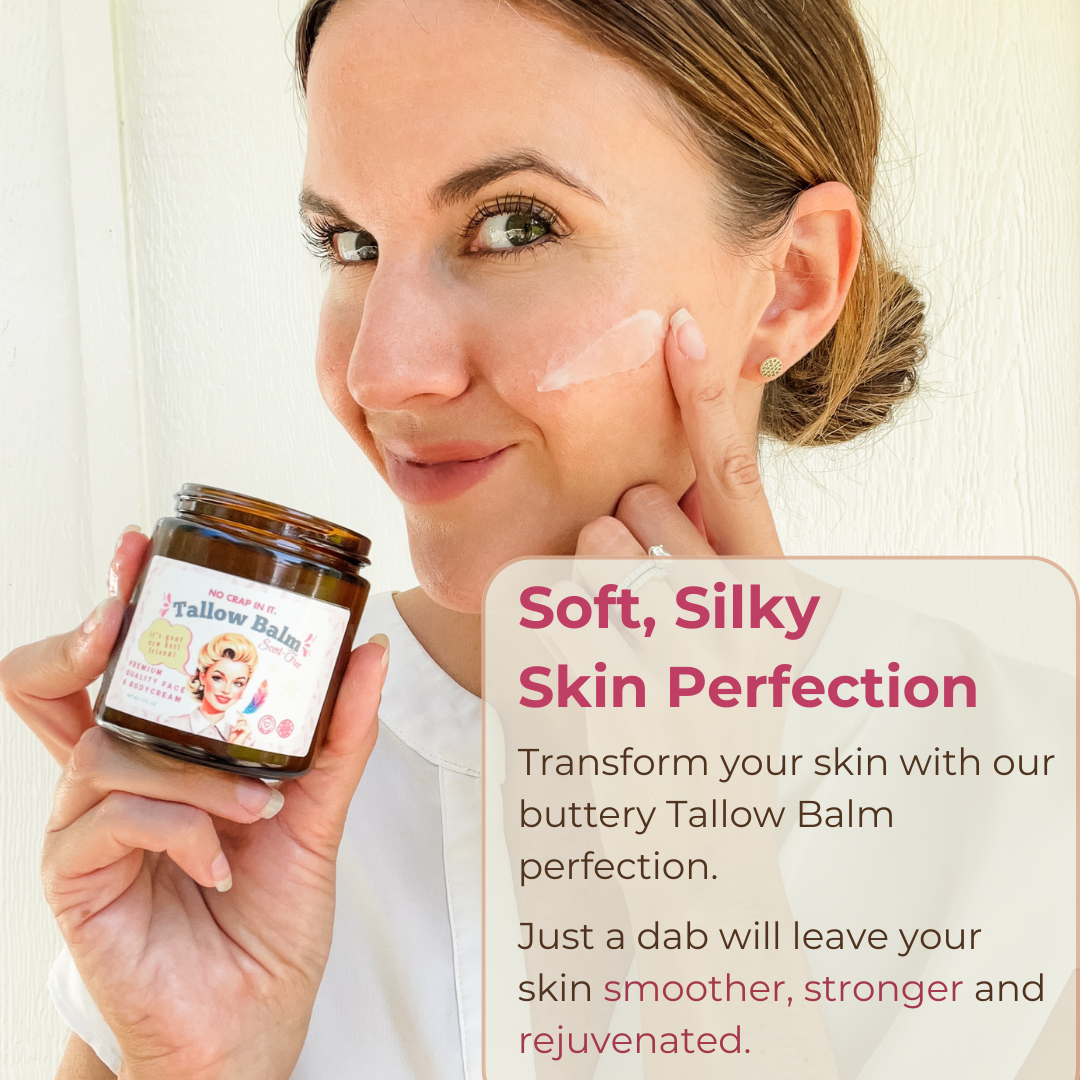You've probably heard of the term "Forever Chemicals" and wondered to yourself, "do they really last forever"? The truth is that they're very real and they're everywhere. And whether it's exaggerated or not, the fact is that nearly every American tested has some level of PFAS (Forever Chemicals) in their blood. Crazy, right?
So let's break down what "Forever Chemicals" really are, how we are exposed, what they do to us, and what we can do about it.
What the Heck Are Forever Chemicals Anyway? 🤔
"Forever chemicals," officially known as PFAS (per- and polyfluoroalkyl substances), are human-made chemicals used in lots of everyday stuff. Why? Because they repel water, oil, and heat really well. That’s why you'll find them in:
- Cosmetics and personal care products 💄
- Non-stick cookware 🥘
- Waterproof jackets and flame retardants 🧥
- Food wrappers and packaging (like pizza boxes and microwave popcorn bags) 🍿
Sounds handy, right? But here's the kicker: these chemicals don't break down easily. They hang around almost forever (often years or even decades)—hence the nickname! And that’s not great news for our planet or our bodies.
Health Effects of PFAS Exposure 🏥
You might be thinking, "Okay, they're everywhere, but are they actually harmful?" Unfortunately, the answer is yes. Studies have shown that PFAS exposure can lead to:
- Hormone disruption 😵
- Immune system problems 🤒
- Increased risk of certain cancers 🎗️
- Liver damage 😳
- Developmental issues in kids 👶
Yikes! But don't panic. Knowledge is power, and knowing what we're up against is the first step to taking action.
How We're Exposed to PFAS 🕵️🔍
We're mostly exposed through everyday items and our environment. Here’s how it sneaks into our lives:
- PFAS in drinking water: Contamination is especially common near industrial areas or airports.
- PFAS in food packaging: Greasy fast food or popcorn can come with a side of PFAS.
- Household dust: Yep, even the dust in our homes can carry tiny bits of PFAS.
- Non-stick cookware: Cooking with non-stick pans at high temperatures releases these chemicals.
- Clothing and textiles: Water-resistant jackets, stain-resistant carpets, upholstery, workout gear, and children's flame retardant pajamas usually contain PFAS.
- Cleaning products: Certain sprays and solutions may include PFAS.
- Cosmetics and skincare products: Makeup, moisturizers, shampoo, and sunscreens frequently contain PFAS.
- Outdoor gear: Tents, backpacks, and sleeping bags often use PFAS coatings for waterproofing.
- Dental floss: Some floss is coated with PFAS to glide smoothly between teeth.
This explains why nearly every American tested has some level of PFAS in their blood!
How to Remove PFAS from Your Body 🧹✨
Here's where things get interesting. Although PFAS stick around, recent research shows there are ways to help your body fight back and flush them out!
Super Fibers to the Rescue: Beta-Glucan! 🥣🌾
A groundbreaking study found that something as simple as eating oat beta-glucan fiber could significantly reduce PFAS levels in your body. Participants ate just 1 gram of beta-glucan three times daily, and after four weeks, their PFAS levels dropped by 8%! (Health.com)
Foods rich in beta-glucan fiber include:
- Oatmeal & Barley (richest food source) 🍲
- Mushrooms (like reishi, shitake, and maitake) 🍄
- Seaweed
- Some yeasts (ex: baker's yeast)
Seaweed to Sweep Away Chemicals 🌊🍃
Have you ever heard of bladderwrack? No, it's not something out of Harry Potter—it's a type of seaweed scientifically known as Fucus vesiculosus. Studies suggest bladderwrack can bind to toxins and help the body get rid of them. It’s like nature’s little detox helper! (PubMed Study)
Mushrooms: Nature’s Little Chemists 🍄🔬
Mushrooms don't just taste great on pizza—they might also help us break down forever chemicals. Certain mushrooms, like white rot fungus, produce enzymes that can literally break apart PFAS molecules, helping the body to flush them out naturally. (Michigan Public Research)
Easy Steps to Reduce PFAS Exposure 🛡️🚿
You don't have to become a chemist to dodge forever chemicals. Here are some simple, practical tips:
- Switch your cookware: Go for cast iron, stainless steel, or ceramic pans.
- Use water filters: Activated carbon or reverse osmosis systems can reduce PFAS in drinking water.
- Choose safer packaging: Opt for fresh food and avoid greasy fast-food packaging.
- Read labels: Avoid products labeled as stain-resistant, waterproof, or non-stick.
- Eat more fiber-rich foods: Incorporate oats, barley, and mushrooms into your meals.

Supplements To Help Your Body Detox 💊🌿
Diet changes are fantastic, but supplements can boost and encourage your detox journey:
- Revive Super Vitamin Supplement: This little treasure contains only 3 ingredients but WOW, it can get the job done! 2 of the 3 ingredients (Seaweed and Bladderwrack) have already been mentioned above in this post for their studied ability to rid the body of PFAS. The third ingredient, Shilajit, is known for boosting detox pathways and supporting cellular health.
-
Shroomy Super Vitamin Supplement: Remember how we mentioned that mushrooms produce enzymes that can literally break apart PFAS molecules? Harness 4X mushroom power, particularly Red Reishi, and other types known for their detoxifying and immune-supportive abilities.
The Bottom Line: Forever Isn’t Always Forever 🌟✨
Even though forever chemicals sound intimidating (and let’s be honest, a bit scary), we now know they're not invincible. By making simple changes, being mindful of our daily choices, and harnessing nature's power through diet and supplements, we can significantly reduce our exposure and help our bodies detox naturally.
So next time you're whipping up some oatmeal or sautéing mushrooms, pat yourself on the back—you're doing more than just eating healthy; you're helping your body fight those pesky forever chemicals!
Stay informed, stay healthy, and remember—stay away from the crap! 🌿💖




